Some anguish was expressed in the meeting about the inflexibility of the zones. Members will recall that we are concerned at the large Zone 1 area on Mount Tarrengower, and the Zone 2 south of Guildford. The fact is that the consultation run by DSE over zoning was little noticed [see our 2011 reports here and here]: local conservationists managed to have some zones changed in this process, but some were unnoticed. It’s fair to say that the hugely expanded burn program is bringing home to people some of the deficiencies in theory and practice which had been relatively unnoticed until recent years. Although FOBIF participated in the 2011 process, there were sections of the Zone map which escaped our attention.
This is increasingly an important problem. For many years DSE has tacitly acknowledged that Zone I [which is burned every 5 years] is an ecological sacrifice area: it’s a permanent artificially created fire zone, probably infested with weeds. Recent changes to the prescriptions for Zone 2 mean that these areas are not much better. In other words, the requirement to prioritise concern for human life has been interpreted as the requirement to destroy large areas of bushland. The Tarrengower area is a good example: it is proposed to burn 90% of this 285 ha area at the top of the mountain every five years. This is disastrously inside the ‘tolerable fire interval’ established by fire ecology experts for this environment, and if it is pursued, the mountain will look very different inside fifteen years. DSE has acknowledged the impact this will have on natural values [not to mention tourism], and is apparently looking for ways to deal with it. In particular, it was suggested that the Zone 1 section of Kalimna Park may be fuel reduced by means other than fire. Zone 1 prescriptions allow for fuel reduction by means other than burning [for example, mowing or slashing]: it’s hard to see why these means are not used more widely.
Burn intensity
In some cases, a patchy low intensity burn is preferable to a high intensity burn. It is apparent that from both the fuel reduction and biodiversity points of view some high intensity burns increase fuel hazard following the burn and reduce biodiversity values. Asked ‘how do you control burn intensity’, DSE replied that this was done via prescriptions in the burn plans. These

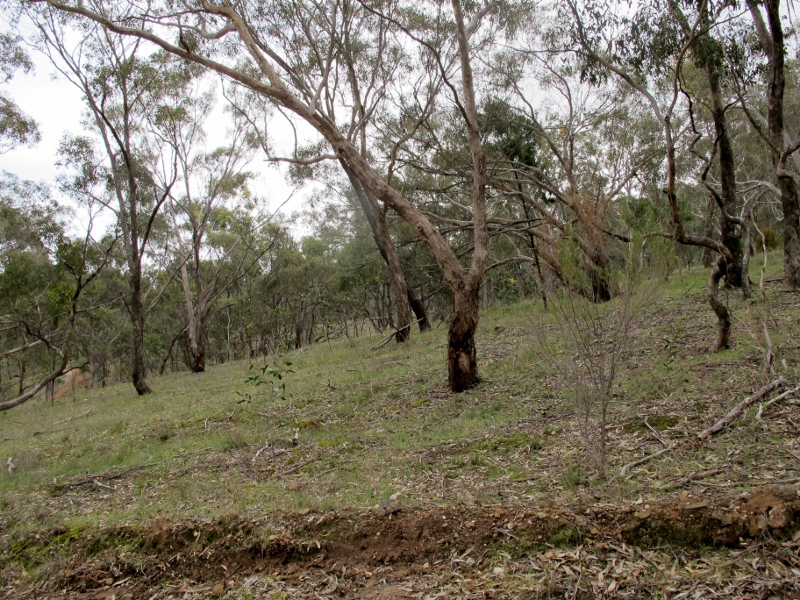
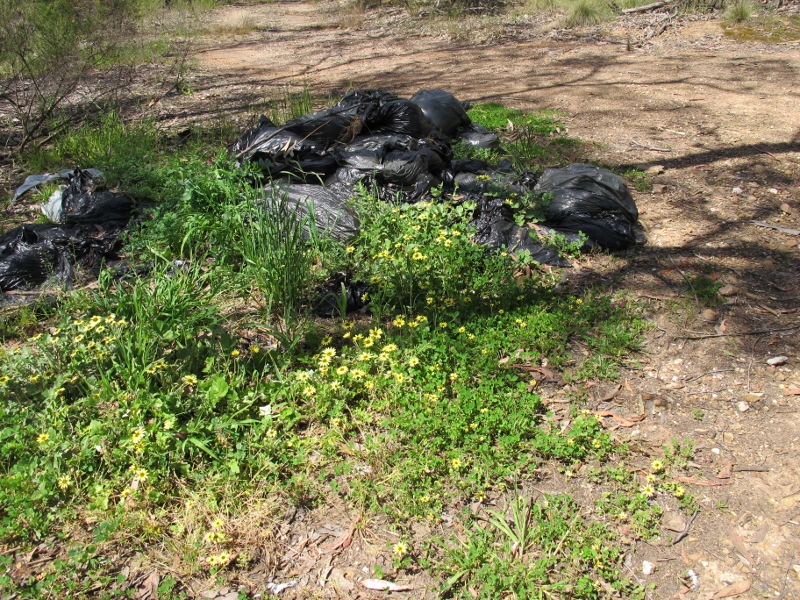
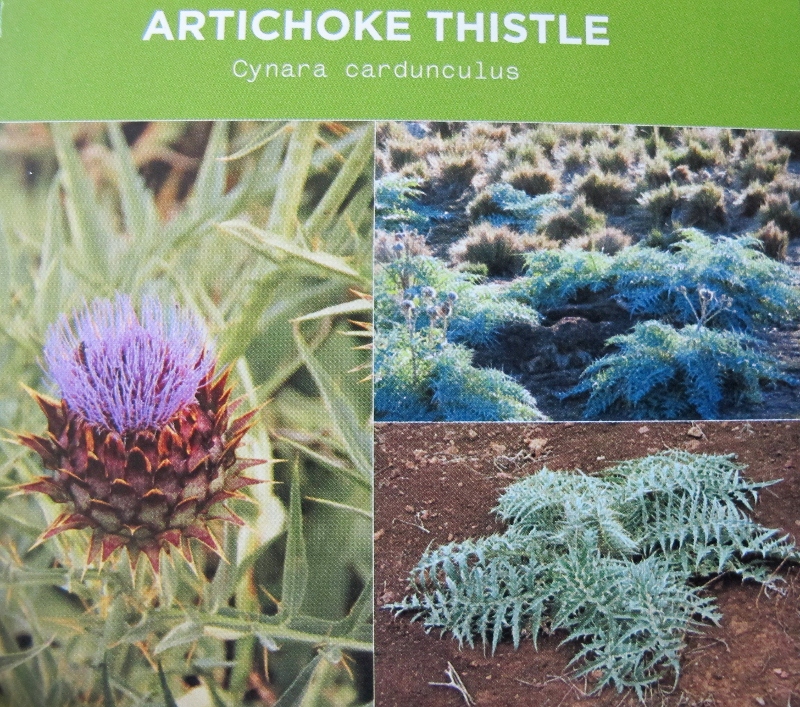
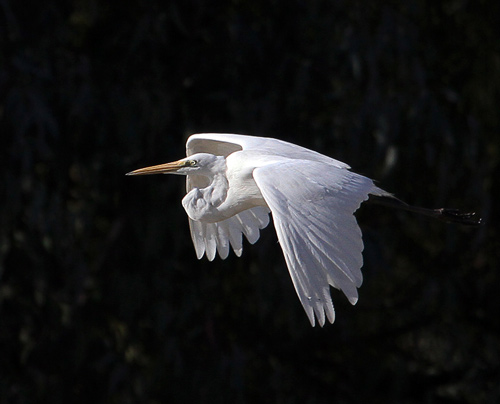
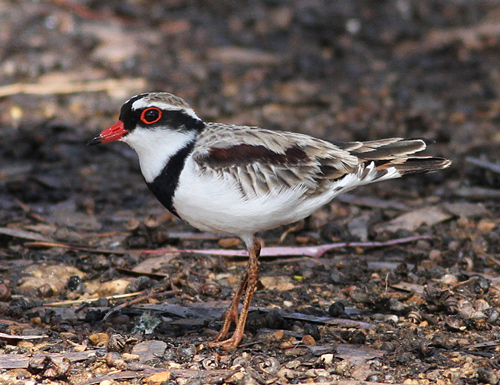
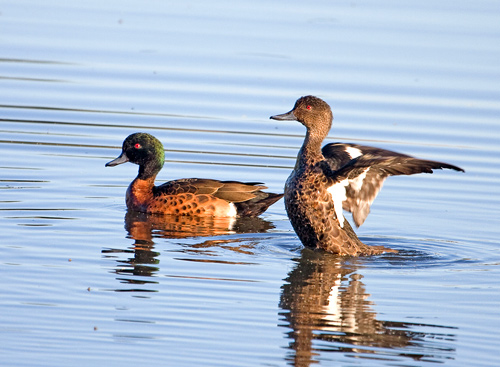
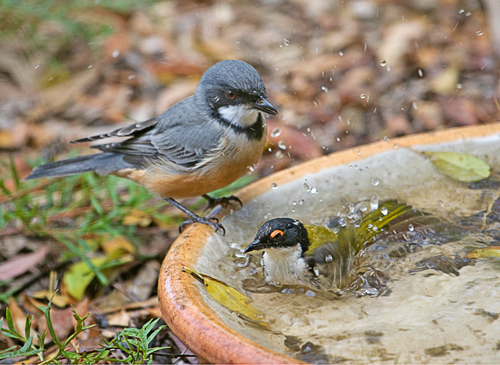
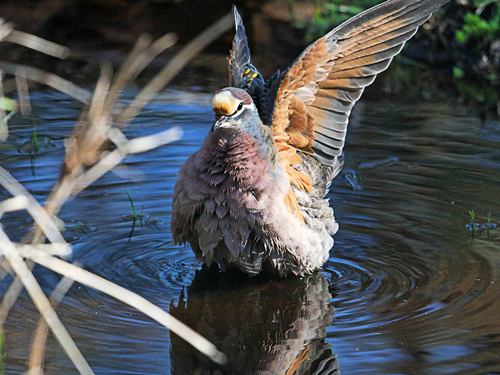
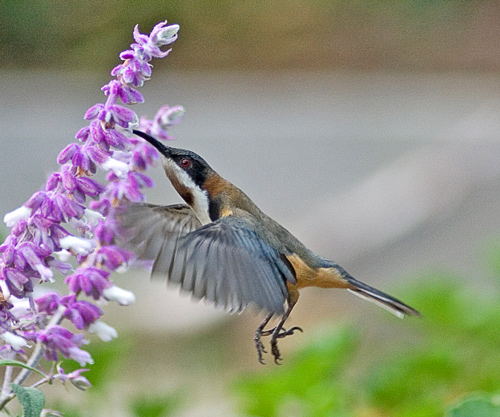
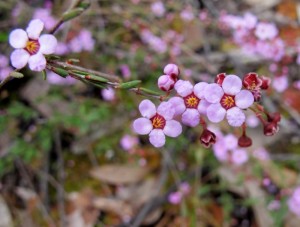
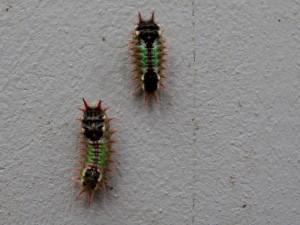



 Click on image for info/order page
Click on image for info/order page Click on image for info/order page
Click on image for info/order page Click on image for info/order page
Click on image for info/order page




















